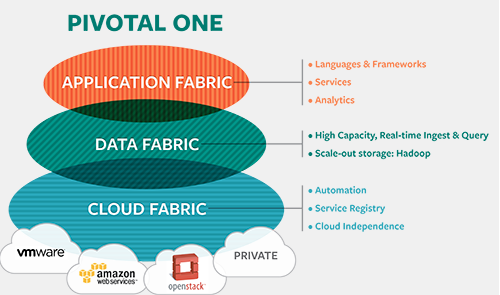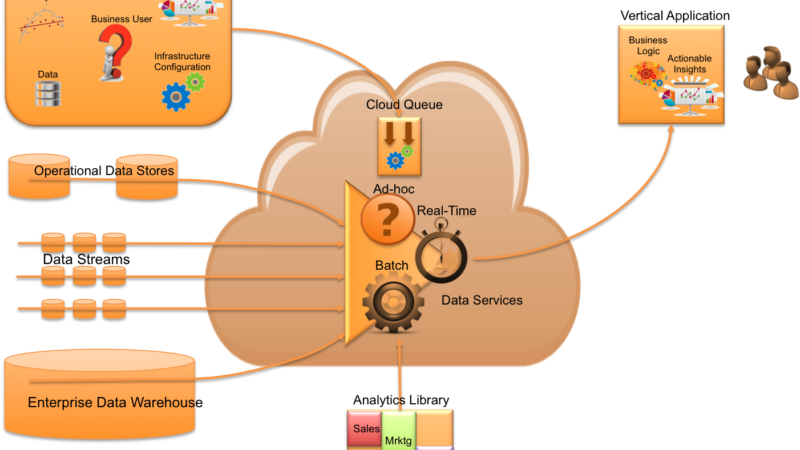Part 1: Cloud Computing – A Complex Ecosystem?

I like to start with a simple view of the cloud landscape (acknowledging that this is an over-simplification) by describing three groups of vendors who either develop enterprise software for the cloud used as part of their own service or which is incorporated into other’s cloud services:
- Legacy System Management
- Cluster Management
- Cloud Management
Legacy System Management
These are the usual suspects including CA, IBM, BMC, HP, and Microsoft. This group has evolved with the datacenter and has its roots starting as far back as the mainframe. These solutions are typically very expensive, and slow to change. These vendors are only beginning to add “cloud” capabilities into their existing tools and/or connecting with recently established cloud management startups.
Cluster Management
As soon as commodity hardware began to take root in the datacenter, the need to build and manage clusters effectively arose quickly. Established vendors in this space include Platform and Univa. These vendors are now trying to leverage their strengths in managing very large deployments of servers into the cloud computing space. Because of a lack of resources compared to the legacy system management vendors, this group will most likely partner to extend their reach beyond the traditional “High Performance Computing” space and into general datacenter applications including cloud deployments.
Cloud Management Software
Over the past 18 months many cloud startups have emerged with what I’ll refer to as “light-weight” web applications. Not to discount the value involved, but most of these companies started by making Amazon’s services easier to administrate. Most focused on “virtual machine management.”Spinning up, spinning down, recovering, programming, etc. your VMs.
In general, this group of applications has to be somewhat simple to be developed and deployed within 18 months (typical conception, funded, and beta launch timeframe). Because these applications are web-based, they all offer the sexy features of Web 2.0 and associated usability that makes it difficult for the legacy system management and cluster management software vendors compete (these groups are still trying to answer the question of, “what’s a RESTful API?”).
The question associated with Cloud Management vendors is whether their work is defensible, and what happens when the public cloud providers get smarter and incorporate the same value-add? It will be a continued race to stay ahead.
The other challenge is that these providers typically operate within the domain of “small deployments”…meaning that you don’t need to manage too many virtual machines.
Also, most only focus on existing cloud systems. So who is working on helping people build their cloud?




2 thoughts on “Part 1: Cloud Computing – A Complex Ecosystem?”
Comments are closed.